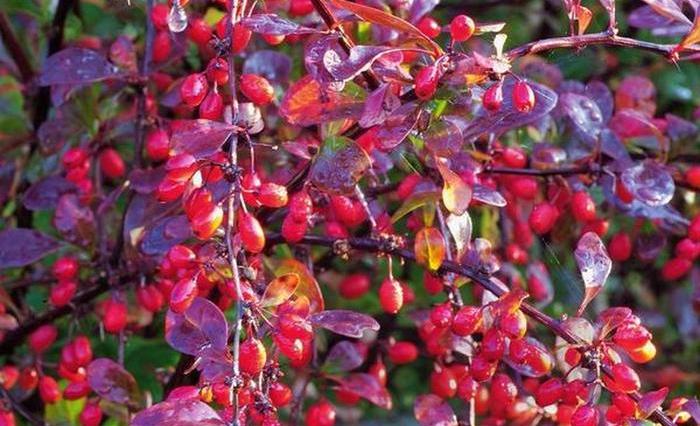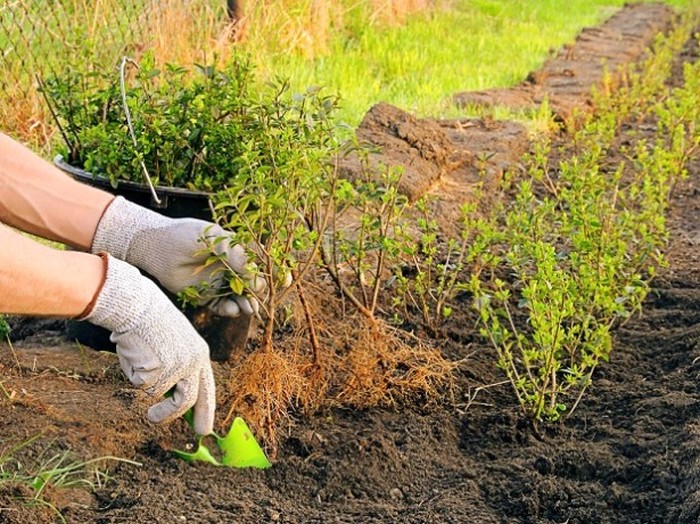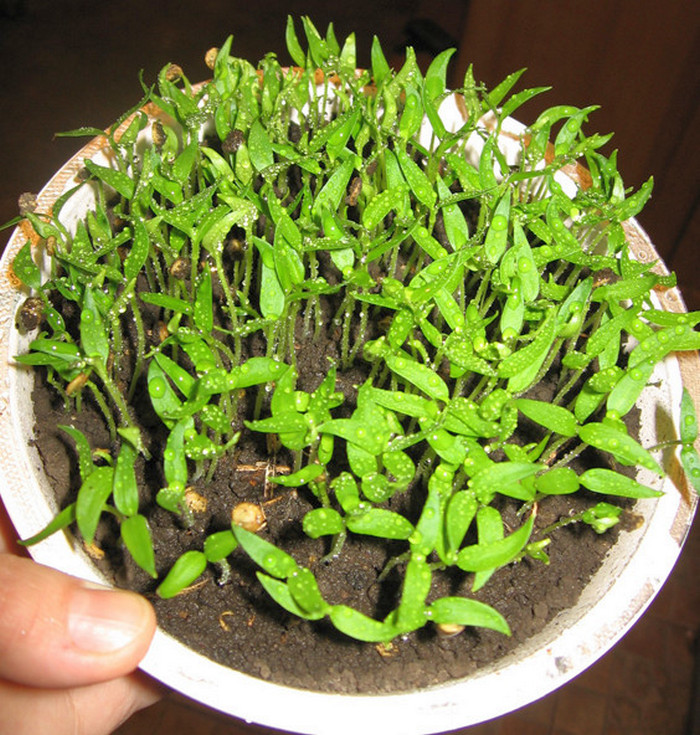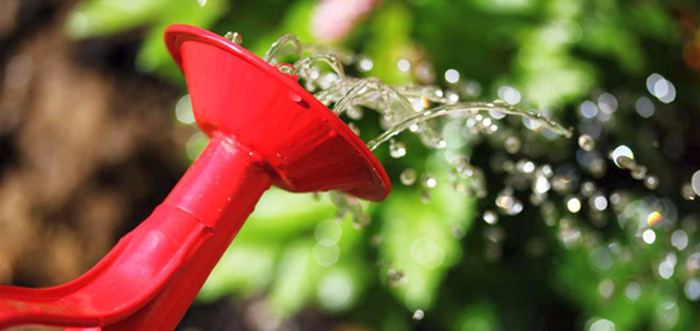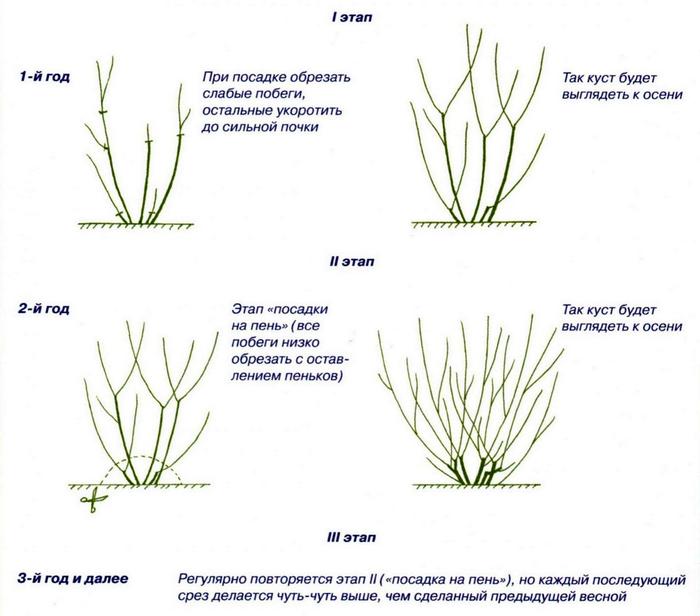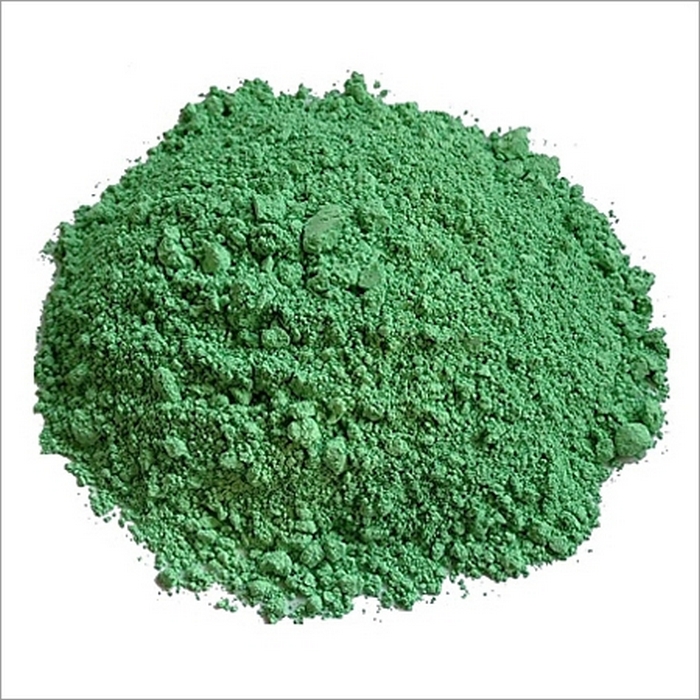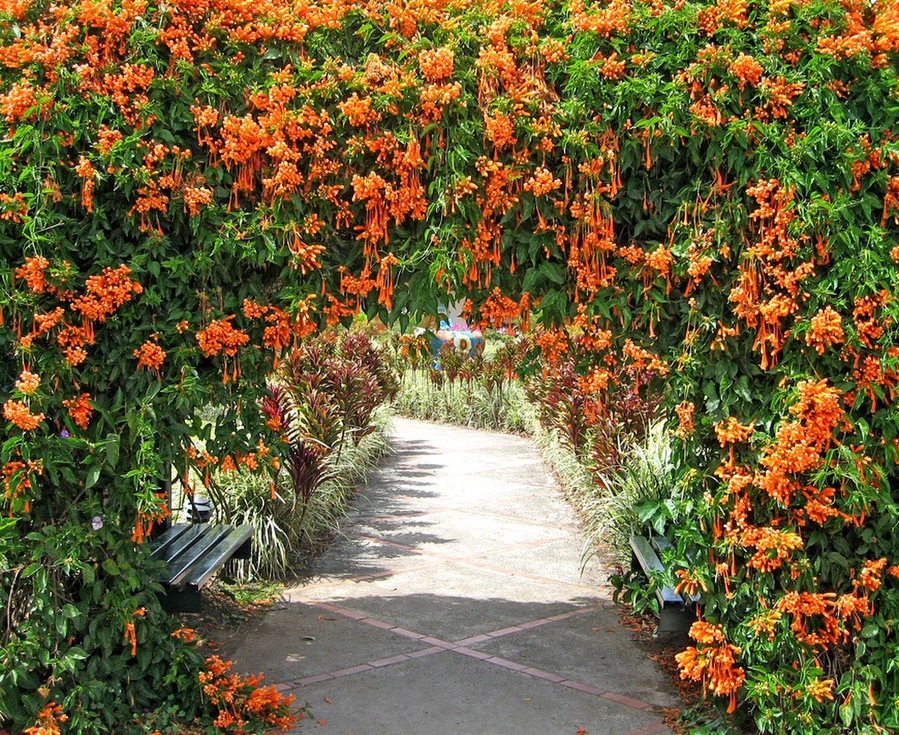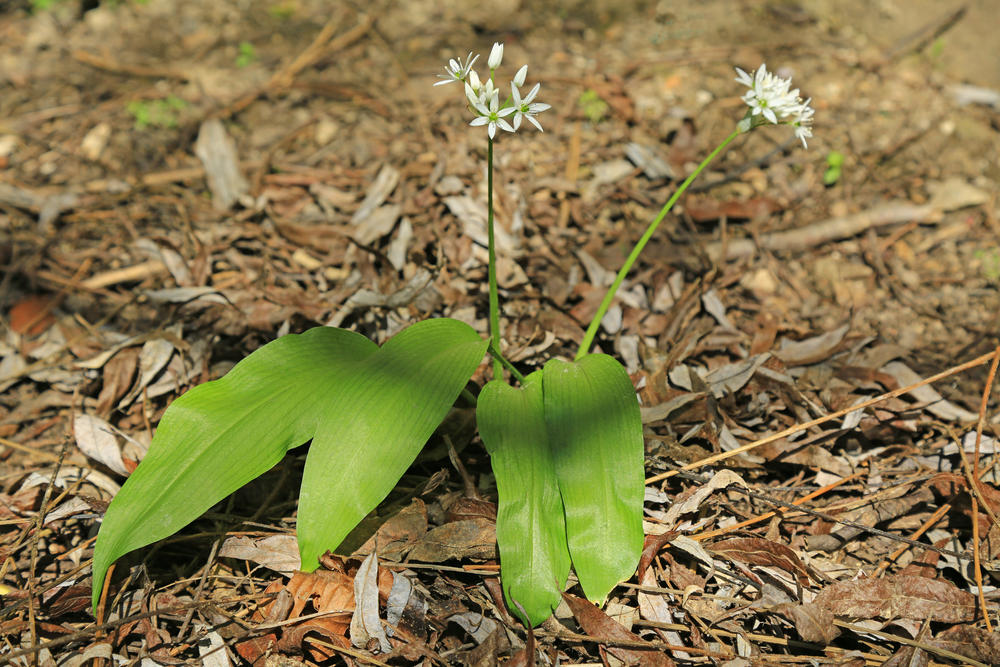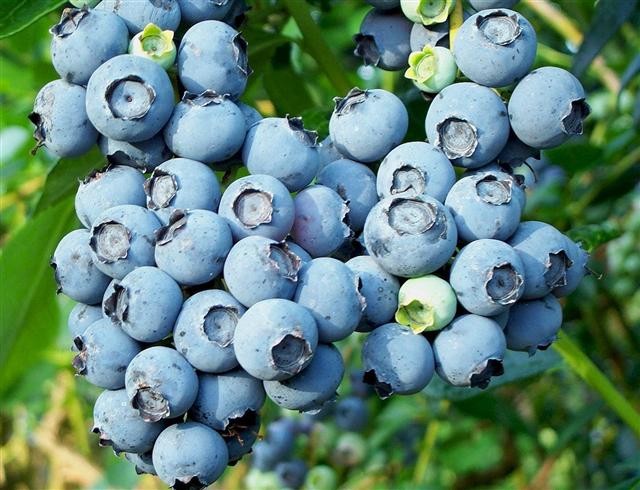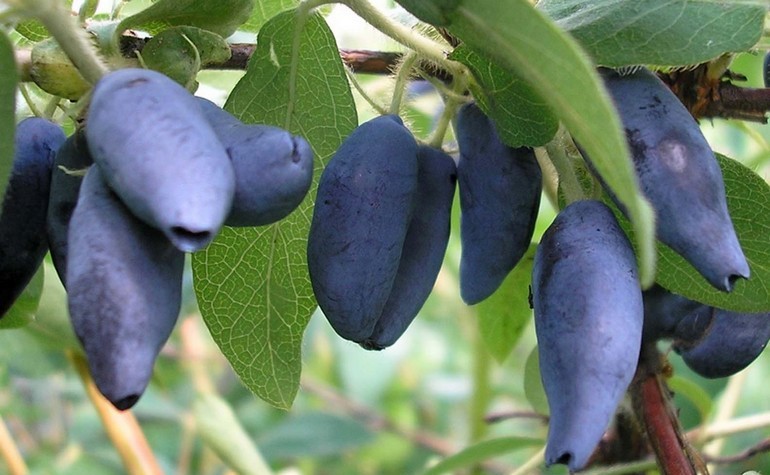Content:
Lollipops "Barberry" are still a favorite delicacy of children, and adults do not mind feeling the sourness. But hardly many people know what a barberry is and what it looks like. Moreover, it does not occur to anyone to have a barberry planting and caring for which is still a secret at their dacha.
Barberry is a perennial plant that belongs to the Barberry family. Its name "beiberi" in translation from Arabic means "shell-shaped". This plant prefers to grow in mountainous areas and is found in the countries of the Northern Hemisphere. There are no less than one hundred and seventy species of this plant in the world.
Gardeners are interested in this shrub in order to obtain raw materials for the preparation of various drinks, jams, and use in folk medicine. The leaves are used for pickling and making honey, while the roots and wood give a yellow color. Barberry will decorate any garden as an ornamental plant, because its leaves have an unusual color. In nature, there is a barberry with leaves of such flowers:
- green;
- yellow;
- purple;
- variegated;
- spotted;
- with a border.
Also, this shrub, depending on the species, is three meters high and very low - dwarf, growing no more than thirty centimeters. The most common varieties are ordinary barberry and Thunberg. Gardeners who love barberry need to know how to plant and care for this plant.
Landing site, preparatory work
It is best to plant barberry in the spring, and you need to be in time before bud break. Sometimes planting is done in the fall. It is best produced when the leaves from the trees are falling very actively.
The barberry shrub grows both in the shade and in the sun. This plant feels comfortable on an open surface and is not at all afraid of wind or draft. The soil for planting barberry should be neutral, but a slight increase in acidity is allowed. If the acidity is above seven, then it is recommended to add lime to the soil. This must be done either when preparing the soil or during planting. In addition, the soil needs to be fed with fertilizers such as:
- 8-10 kg of humus, compost or garden soil;
- 100 g superphosphate;
- 400 g of slaked lime;
- 200 g of wood ash.
If the barberry is planted as a separate shrub, then there should be a distance of at least one and a half or even two meters between the two bushes. If you want to make a hedge out of barberry, then the plant must be planted in a trench, while two bushes must be planted per square meter.
Planting young seedlings
Barberry can be planted in two ways: as a single bush and as a hedge. Before planting the "hedge", a trench is dug, forty centimeters wide and deep. This should be done several weeks before planting seedlings. In order for the roots of the bush to breathe freely, the bottom of the trench is lined with sand. If the soil is suitable for plant growth, then a mixture of fertilizers should be poured into the trench, without the need to use lime and ash. After that, a barberry seedling is planted, and the roots are sprinkled with earth, carefully compacting it. After planting, the surface around the plant is abundantly watered and mulched.For this, peat or compost is used. After that, the seedling must be pruned so that only three to five buds remain above the ground.
When planting barberry, you need to remember that it can grow both in the shade and in open areas. But if the bush receives little sunlight, then its leaves completely or partially lose their decorative effect and become faded.
Propagation of barberry by seeds
Barberry reproduces in several ways:
- seeds;
- cuttings;
- side shoots of a bush;
- dividing the main bush;
- transplanting young shoots.
In our area, such a plant as barberry is very rare, but, nevertheless, you can try to grow this shrub. When choosing a planting material, certain difficulties may arise, since each of them has its own disadvantages:
- Cuttings develop a root system very slowly;
- The seeds have a low germination rate. It fluctuates between twenty and forty percent, while there is no guarantee that varietal qualities will be preserved;
- In the process of dividing the bush, the root system is significantly damaged, this has a bad effect on the health of the plant;
- Young growth can only be obtained from certain types of barberry.
In order to propagate the shrub in your area, it is recommended to try all the methods and find the most effective one.
Let us consider in more detail the reproduction of barberry by the seed method. In order to get a seedling, you need to use several seeds at the same time, since there is no complete confidence in their germination.
In order to collect the seed, you need to select the ripe berries and get seeds from them. After that, you need to thoroughly wash the pulp from them and dip in a weak solution of potassium permanganate. After that, the bone is dried.
Sow barberry seeds in the fall. For this, the land is plowed up, weeds are removed, and a small furrow is made, no deeper than three centimeters. During the winter period, the seeds undergo frost hardening and sprout in spring. In the spring, you can sow only those seeds that have been in the sand all winter at a temperature of no higher than +3 degrees. Such seed is transferred to open ground not earlier than April.
After the seeds have sprouted, they need to be thinned out. In the process of weeding, only weakly developing growth should be removed. Strong seedlings leave. The seedlings are transferred to a permanent place only next year, before that they are given the opportunity to grow stronger and develop the root system. The first fruits from the bush can be obtained only after two years. In this case, the plant requires grafting.
Care rules
Any novice gardener can take care of barberry, since this plant is completely undemanding. In addition, it does not matter what kind of plant is planted on the site. Thus, having studied the step-by-step instructions "barberry growing and care", you can grow more than one bush of this delicious berry on your site.
The list of plant care jobs includes:
- watering;
- loosening;
- weeding;
- top dressing;
- pruning.
Watering
If there is enough rainfall during the season, then watering may not be done. If the summer is hot and dry, then in this case you need to water the plant every week. In this case, it is recommended to warm up the water a little in the sun and pour it only on the root system, preventing it from getting on the leaves.
Plants planted this year are watered in the same way. Watering is performed until they take root, and the root system begins to fully develop. But it should be borne in mind that the enemy of barberry is not drought, but an excessive amount of rain.The reason for this is the accumulation of water at the root system, because of which it begins to rot, and the plant may die.
Weeding
It is for this reason that it is necessary to completely remove weeds from the shrub and loosen the soil. In order to facilitate your work of caring for the plant, it is best to mulch the root zone. To do this, you can use:
- peat;
- sawdust;
- shells of nuts.
Top dressing
Since a certain amount of fertilizer is applied under the root system during planting of barberry, this will be enough for the plant for the whole year. Only after a year can urea diluted in water be added. To do this, take twenty or thirty grams of fertilizer per bucket of water. After that, nitrogen fertilization can only be applied after three or four years.
In order to feast on delicious berries every year, you need to feed the barberry with phosphorus and potassium. Under one bush, it is enough to add 10 grams of potash fertilizers and 15 grams of superphosphate.
Pruning
Barberry, like any shrub, needs pruning, during which all weak, dry and damaged branches are removed. It is imperative to thin out the shrub, as in dense growth the fruits will be small. At the same time, you need to know how to trim barberry in the spring. The first haircut on the bush is carried out when the bush is one year old. It is the pruning of barberry in the spring that is done to form a shrub, for this the shoots are shortened by half.
After that, pruning barberry can be done twice per season. The first is done in early June, the second - in early August. This is important for the plant not only for the purpose of sanitary care, but also in order to properly form the crown. Moreover, those plant varieties that grow no higher than 30 centimeters do not need pruning.
Pest and disease control
The most dangerous pests of barberry are:
- barberry aphid;
- barberry sawfly;
- flower moth.
The appearance of aphids on the plant is indicated by shriveled and dry leaves. The moth eats the fruits of the plant. In order to destroy pests on a plant, you need to apply the following tools:
- Aphids are washed off with a solution of laundry soap. To do this, it is diluted in a ratio of 300 grams of soap per 10 liters of water;
- More drastic measures are taken to destroy the moth and sawfly. To do this, you need to use a 3% chlorophos solution.
In addition to pests, barberry can be affected by diseases, the most common of which are:
- powdery mildew;
- rust;
- bacteriosis of leaf spot;
- withering.
Powdery mildew looks like a white bloom that covers not only the leaves, but also berries and shoots. In the autumn, cleistotecia form on the damaged areas, due to which the bacteria overwinter. To get rid of this disease, the plant must be treated with colloidal sulfur. Moreover, those areas that are most damaged must be completely removed and burned so as not to leave a focus of infection.
Plants get sick with rust if cereal plants grow next to them. In this case, yellow spots or red pads appear on the leaves. On plants that are damaged, leaves begin to dry very strongly and fall off. You can fight the disease with colloidal sulfur or Bordeaux liquid. The plant is treated in early spring, when the leaves are just beginning to bloom, the procedure is repeated every three weeks.
The plant can be saved from spotting with copper oxychloride, which is diluted in ten liters of water. In addition, Bordeaux liquid can be used to prevent the disease.
Bacteriosis is a cancer that a plant suffers from. With this disease, cracks, growths, and peculiar tumors form on it. If the disease has just been detected and has covered only the upper part of the shoots, they must be removed up to the healthy part of the branch. If the lower part of the plant is affected, then this means that the bush cannot be saved. It must be completely removed from the territory and burned.For prevention, you can use drugs that contain copper.
It is not difficult to grow barberry at home on the site. The main thing for the barberry shrub is proper planting and care. To do this, you need to adhere to all agricultural techniques, schemes and rules for caring for the plant. Of course, you shouldn't forget about diseases and pests. Fighting them will guarantee a good harvest and a healthy look for your plant.
